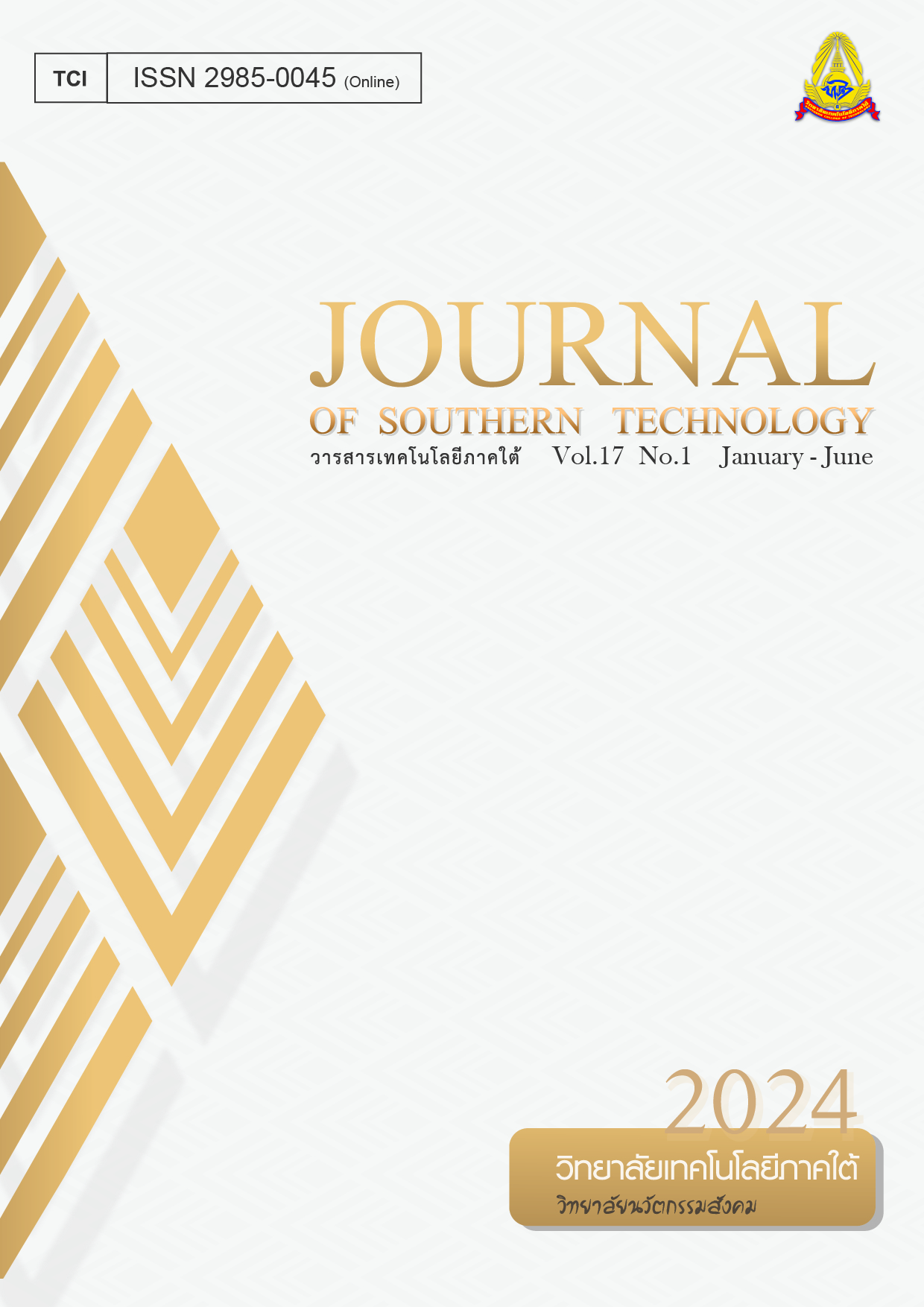A Study of Thai EFL Students’ Attitudes in Using Google Translate
Main Article Content
Abstract
Google Translate (GT) is one of the popular machine translations used pervasively by foreign language learners for various purposes. This study investigated Thai EFL students’ attitudes towards the use of GT as well as the problems and drawbacks of using Google Translate. A set of questionnaires were administered to the 3rd and 4th years of Thai EFL students majoring in English for Business Communication at a university in southern Thailand (N =310). Then, in order to gather more in-depth information, ten students from each student batch were randomly selected for in-depth interviews. The quantitative data from the questionnaire were analysed for percentage and mean scores, and the qualitative data were analysed by content analysis and presented in both percentage and a descriptive way. Based on the findings, the students showed overall positive attitudes toward using GT for their English language learning (=3.70). The results from the interviews about the problems and drawbacks of using GT showed that most students received inaccurate outputs from GT. The results of the in-depth interview reported the students admitted that they rarely learn new vocabulary or sentence structures using GT because they always copied the translation outputs for their assignment submission without even double-checking. In addition, the results also reported significant factors encouraging the use of GT among EFL students, including three main causes why the students had to use GT; their limited knowledge of English, excessive amount of assignments and activities, and the difficulty of assignments. The study concluded with the recommendations for administrators, EFL teachers, and students.
Article Details

This work is licensed under a Creative Commons Attribution-NonCommercial-NoDerivatives 4.0 International License.
-
Authors must agree to the journal publication rules and allow the editors to edit the manuscripts for publication.
-
Author’s right belongs to the author but Journal of Southern Technology holds the right of first publication and thus allow readers to use the article for the purpose of education but not commercial.
References
Aghaei, K., Rajabi, M., Lie, K. Y., & Ajam, F. (2020). Flipped learning as situated practice: a contrastive narrative inquiry in an EFL classroom. Education Information Technologies, 25, 1607–1623.
Alsied, S. M., & Pathan, M. M. (2013). The use of computer technology in EFL classroom: advantages and implications. International Journal of English Language & translation Studies, 1(1), 44-51.
Alhaisoni, E., & Alhaysony, M. (2017). An Investigation of Saudi EFL university students’ attitudes towards the use of google translate. International Journal of English Language Education, 5(1), 72-82.
Alsalem, R. (2019). The effects of the use of google translate on translation students’ learning outcomes. AWEJ for Translation & Literary Studies, 3(4), 46-60.
Bozorgian, M., & Azadmanesh, N. (2015). A survey on the subject-verb agreement in google machine translation. Journal of Research Studies in Educational Technology, 4(1), 51-62.
Clason, D.L., & Dormody, T.J. (1994). Analyzing data measured by individual likert-type items. Journal of Agricultural Education, 35, 31-35.
Chompurach, W. (2021). Please let me use google translate: Thai EFL students’ behavior and attitudes toward google translate use in English writing. English Language Teaching, 12(21), 23-35.
Ducar, C., & Schocket, D. (2018). Machine translation and the L2 classroom: Pedagogical solutions for making peace with google translate. Foreign Language Annals, 51, 779-795.
Hakim, B. (2020). Technology integrated online classrooms and the challenges faced by the EFL teachers in Saudi Arabia during the COVID-19 pandemic. International Journal of Applied Linguistics and English Literature, 9(5), 33–39.
Isisag, K. U. (2012). The positive effects of integrating ICT in foreign language teaching. In Proceedings of the 5th Edition of the International Conference “ICT for Language Learning”, Florence, Italy. Gazi University (Turkey).
Jabak, O. O. (2019). Assessment of Arabic-English translation produced by google translate. International Journal of Linguistics, Literature and Translation (IJLLT), 2(4), 238-247.
Jin, L., & Deifell, E. (2013). Foreign language learners’ use and perception of online dictionaries: A survey study. MERLOT Journal of Online Learning and Teaching, 9(4), 515-533.
Lodico, M., Spaulding, D., & Voegtle, K. (2006). Methods in Educational Research: From Theory to Practice (8th Edition.). San Francisco, CA: Jossey-Bass.
Lyons, S. (2016). A survey of the use of mobile technology and translation tools by students at secondary school in Thailand. PAYAP University Journal, 26(1), 35-57.
Maulidiyah, F. (2018). To use or not to use google translate. Journal Linguistik Terapan, 8(2), 1-6.
Medvedev, G. (2016). Google translate in teaching English. The Journal of Teaching English for Specific andAcademic Purposes, 4(1), 181–193.
Musk, N., & Cekalte, A. (2012). Mobilizing Memory Resources to Solve Language Problems in English Project Work. An Abstract Presented at NORDISCO 2012. Linköping University.
Purcell, K., Rainie, L., Heaps, A., Buchanan, J., Friedrich, L., & Jacklin, A. (2012). How Teens Do Research in the Digital World. USA: Pew Internet.
Somers, H. (2002). Three Perspectives on MT in the Classroom. Proceedings of the MT Summit VIII Workshop on Teaching Machine Translation (35-43). Santiago de Compostela.
Tongpoon-Patanasorn, A., & Griffith, K. (2020). Google translate and translation quality: a case of translating academic abstracts from Thai to English. PASAA, 60, 134-163.
Tsai, S. (2019). Using google translate in EFL drafts: a preliminary investigation. Computer Assisted Language Learning, 32, 1-17.

